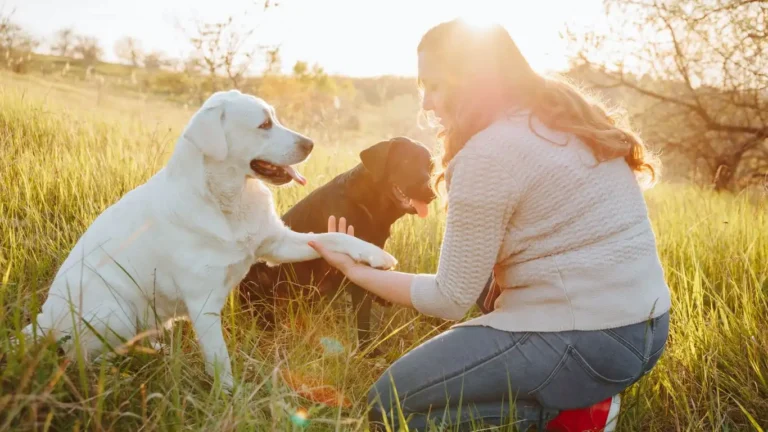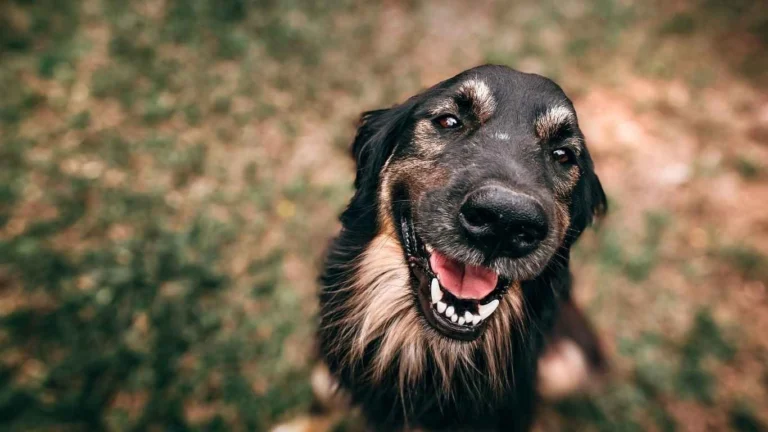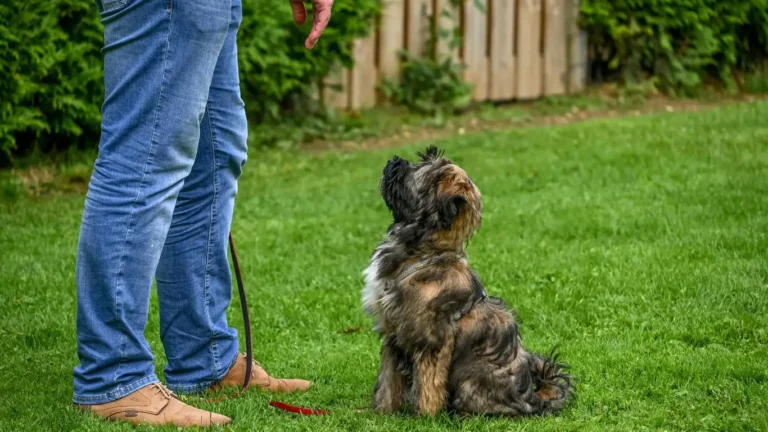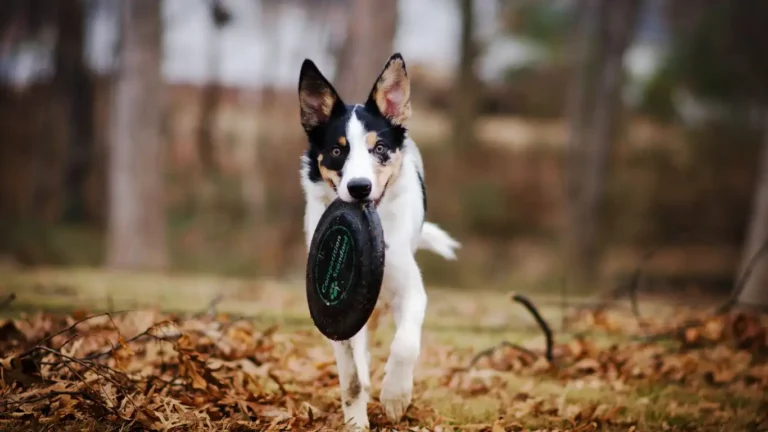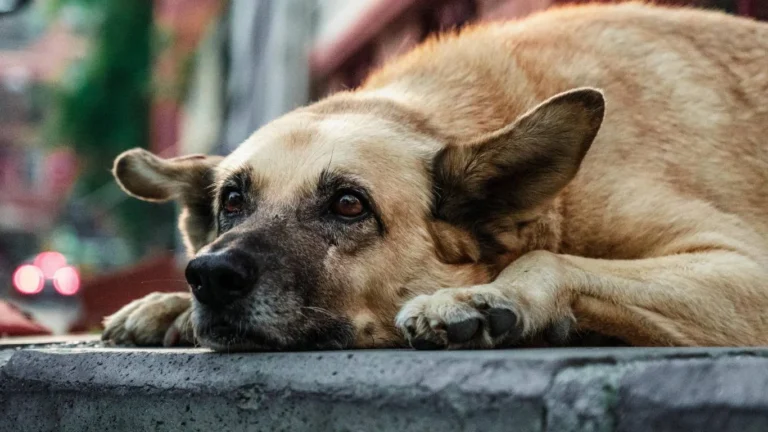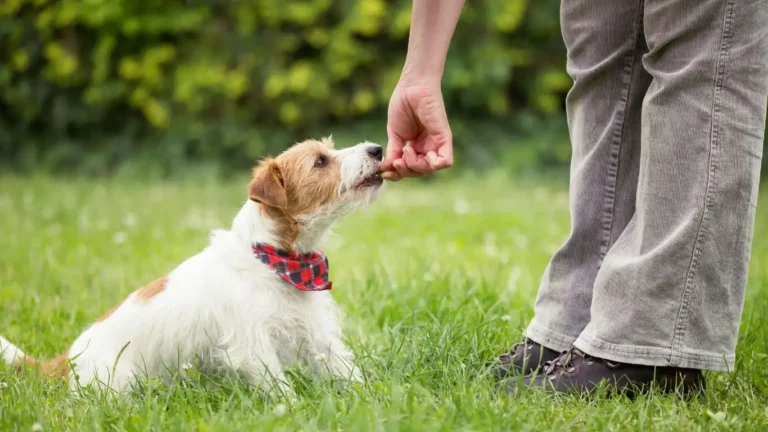How to Train a Dog to Relax During Thunderstorms: Proven Tips for Calmness
Thunderstorms can be a nightmare for many dogs. If you’ve ever watched your dog tremble, hide, or even try to escape during a storm, you know just how unsettling it can be. As a certified dog trainer, I’ve worked with countless dogs who have developed a fear of thunder, and helping them learn how to relax during storms is something I’m truly passionate about. In this article, I’ll walk you through practical and effective ways to help your furry friend stay calm when the skies get loud. We’re talking about simple strategies you can start implementing today to make storms more bearable for both you and your dog.
Understanding Why Dogs Are Afraid of Thunderstorms
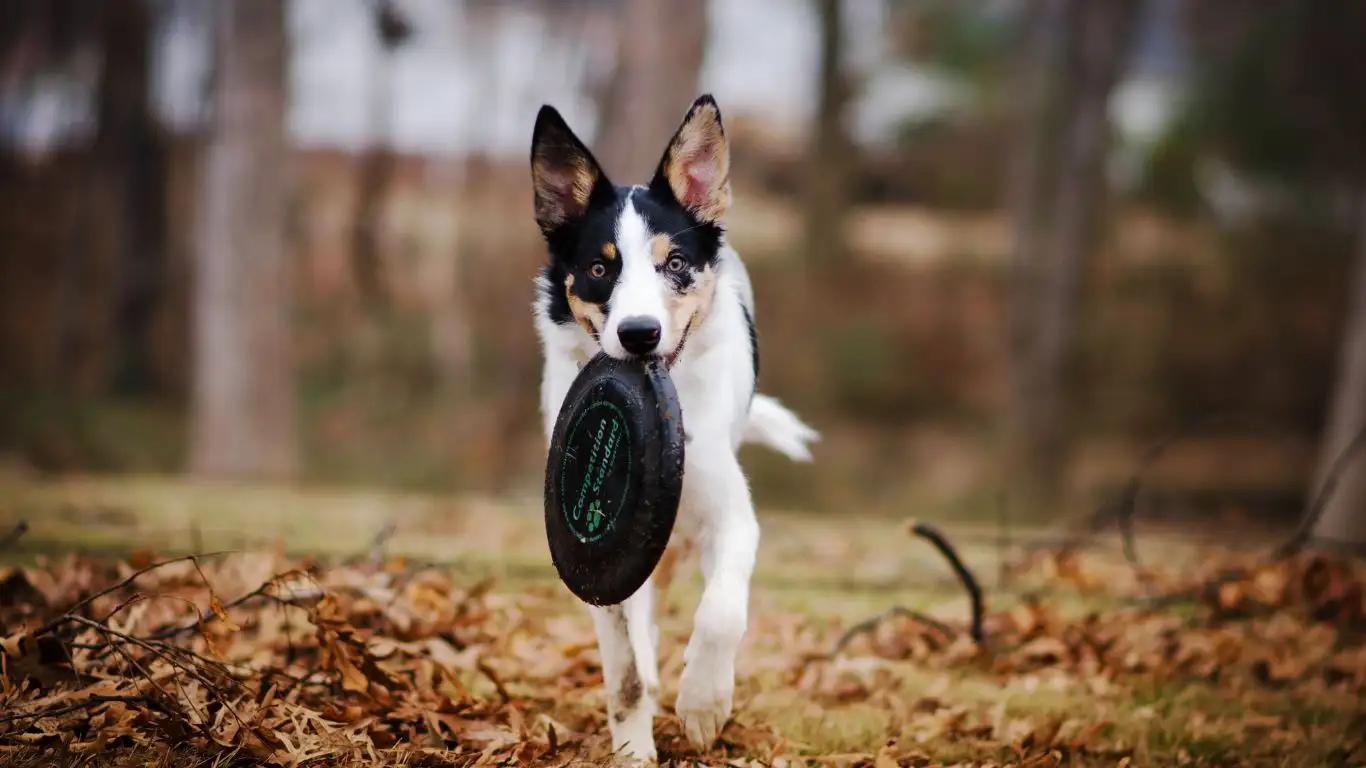
Before we dive into the training techniques, let’s take a moment to understand why dogs are so scared of thunderstorms in the first place. You may have noticed your dog acting unusually anxious during a storm, and it’s not just because they dislike loud noises. Thunderstorms involve several elements that trigger fear responses in dogs. First off, the sudden change in atmospheric pressure can cause discomfort. Dogs have far better hearing than humans, so the sound of thunder can be overwhelming for them. Add in the flashing lights of lightning, and it’s no wonder that many dogs feel out of control during a storm.
But it’s not just the noise that gets to them. The combination of the sound, visual stimuli, and even the static electricity in the air can cause physical discomfort that they struggle to cope with. That’s why it’s so important to address the issue from multiple angles in your training—recognizing the triggers and using a mix of strategies to help your dog feel secure.
Signs That Your Dog Is Fearful of Thunderstorms
Some dogs are more obvious in showing their fear of thunderstorms, while others might hide it well. Here are some common signs that your dog is stressed during a storm:
- Shaking or trembling: This is one of the most common signs of anxiety during a storm. Dogs may tremble uncontrollably, even if they’re not cold.
- Hiding: Many dogs will seek refuge under furniture or in a dark corner when they’re frightened.
- Excessive panting: This can be a sign of anxiety, as your dog tries to cope with the stress.
- Barking or whining: Some dogs vocalize their discomfort, either trying to alert you or expressing their fear.
- Destructive behavior: In severe cases, a dog might chew on furniture, scratch doors, or even try to escape from the house.
If you notice any of these signs, it’s time to take action to help your dog feel more at ease when storms hit. While the anxiety may never completely disappear, with time and consistent training, you can help your dog relax more easily during storms.
How to Train a Dog to Relax During Thunderstorms
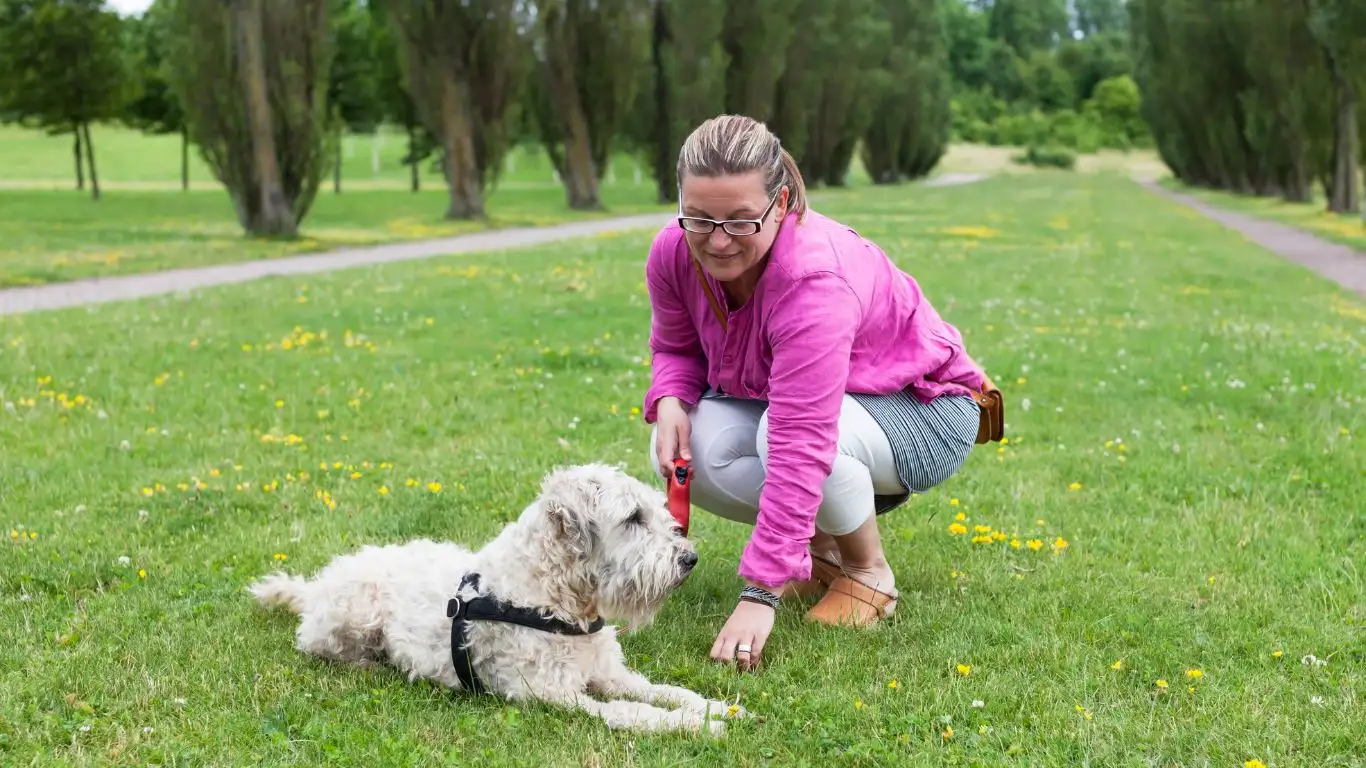
Now, let’s get into the heart of the matter: how to train a dog to relax during thunderstorms. There are a few key steps that I’ve found to be most effective, based on my experience working with fearful dogs. But remember, patience and consistency are key. It’s not a quick fix, but with time, your dog will start feeling more secure.
1. Create a Safe Space for Your Dog
One of the first things I always recommend is creating a “safe space” for your dog. This is a quiet, comfortable area where your dog can retreat to during a storm. It should be a place they associate with relaxation and security. Some dogs feel better in small, enclosed spaces, so a crate might work well. Others might prefer a specific room or area in your house.
To set this up, start by making the space cozy with their favorite blanket or toy. You can even leave an item of your clothing with them so they have your scent for added comfort. The goal is to make this space as inviting and safe as possible so your dog feels protected when the storm hits.
2. Use Calming Products
There are a variety of products available that can help calm your dog during thunderstorms. Some of the most popular include:
- Thundershirts: These are pressure wraps that provide a gentle, constant pressure around your dog’s torso, which can help reduce anxiety. Many owners swear by them, and I’ve seen them work wonders in practice.
- Calming collars or sprays: These often contain natural ingredients like lavender or pheromones that have a soothing effect on dogs.
- White noise machines: A white noise machine or even calming music can help drown out the sound of thunder and create a more peaceful environment for your dog.
These products can be especially helpful in conjunction with your training. Experiment with different options to find out what works best for your dog. Every dog is unique, and finding the right combination of techniques is key to success.
3. Desensitize Your Dog to Storm Sounds
One of the most effective long-term strategies for helping your dog cope with thunderstorms is desensitization. This involves gradually exposing your dog to the sounds of thunderstorms in a controlled, low-stress environment. You can start by playing thunderstorm sound recordings at a low volume while your dog is calm and engaged in a fun activity, like eating or playing with their favorite toy.
As your dog becomes more comfortable, gradually increase the volume of the recordings over time. The goal is to help your dog get used to the sounds without becoming overwhelmed. Pair this exposure with positive reinforcement—offer treats or praise when your dog remains calm. Over time, your dog will learn that storms aren’t as scary as they once thought.
4. Reinforce Calm Behavior
During a storm, it’s important to stay calm yourself. Dogs are excellent at picking up on their owner’s emotions, so if you’re anxious or panicked, your dog is likely to pick up on that and become more anxious themselves. Instead, try to stay relaxed and upbeat. If your dog is displaying calm behavior, even if it’s just a little bit, reward them with treats or praise. Reinforcing calm behavior will help them associate storms with positive experiences rather than fear.
Consistency is key here. Even if your dog seems to be making progress, keep reinforcing calm behavior during every storm. This will help solidify the association between calmness and storms over time.
Why Consistency Is So Important
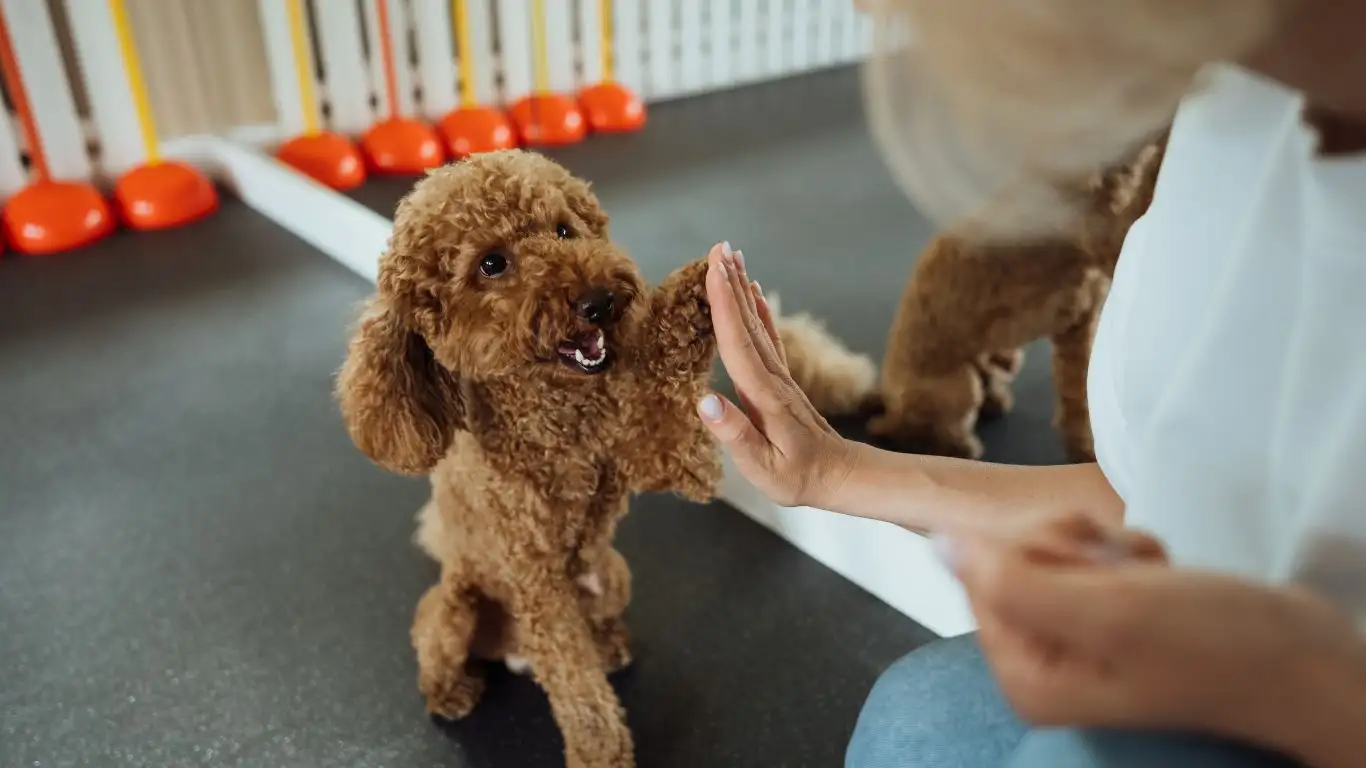
Training your dog to relax during thunderstorms is all about creating a routine that your dog can rely on. The more consistent you are with your approach, the more your dog will learn to trust the process. It can take weeks, or even months, for your dog to fully feel comfortable during a storm, so patience is crucial.
As a dog trainer, I can’t stress enough how important it is to stay calm, be patient, and remain consistent with your dog’s training. They need to know that they can rely on you to provide a sense of security during stressful situations. If you stay consistent, you’ll help your dog become less fearful of storms over time.
Building Confidence in Your Dog Through Positive Reinforcement
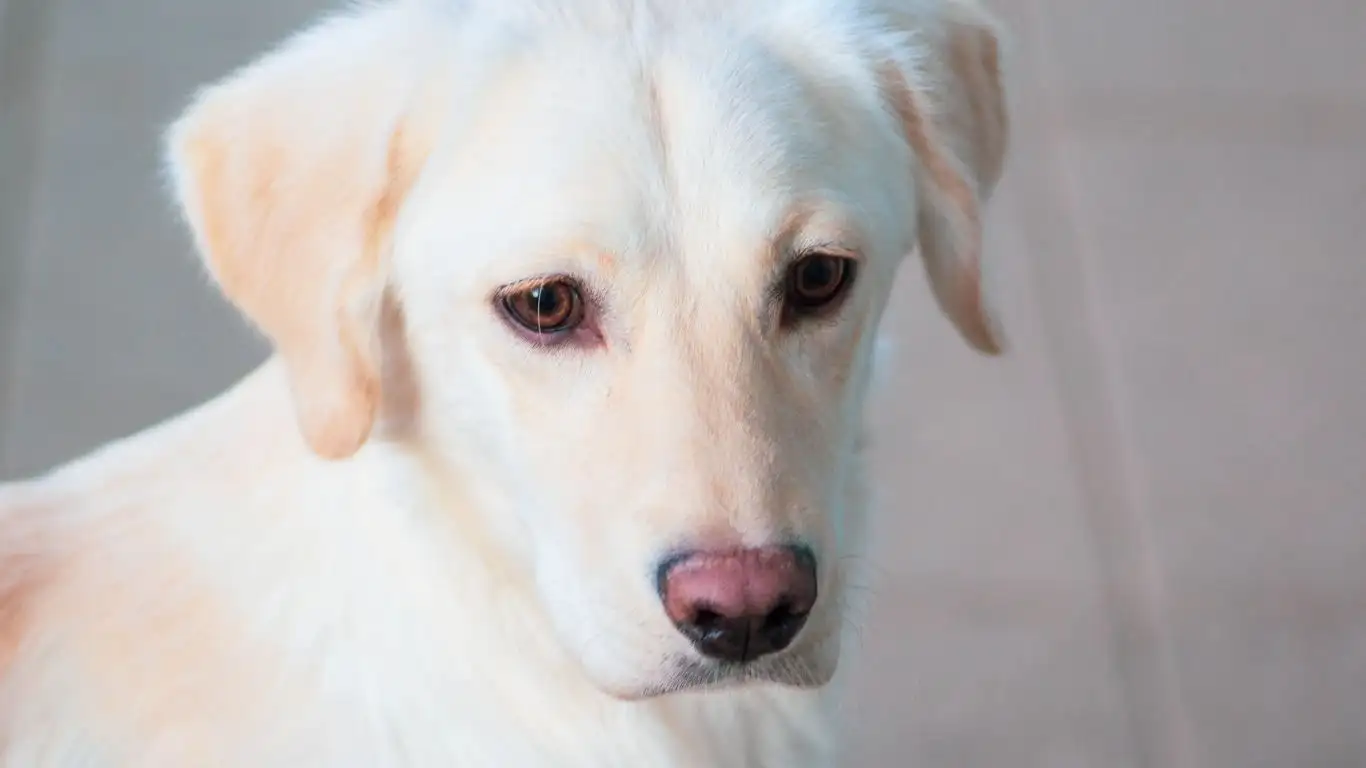
As I mentioned earlier, consistency and positive reinforcement are the keys to success. One of the most important tools in your training toolkit is rewarding calm behavior. But it’s not just about giving your dog a treat when they’re calm—it’s about helping them understand that their relaxed behavior during a storm leads to positive outcomes.
Now, I’ll be honest: positive reinforcement works wonders. But it takes patience. When your dog remains calm, even for a short period, give them a treat or verbal praise. I’ve had so many clients who were initially discouraged because their dog wasn’t “getting it” right away, but once they realized the connection between calm behavior and rewards, everything clicked. Dogs learn through repetition and association, so the more consistently you reward calm behavior, the quicker they’ll start to associate thunderstorms with good things rather than fear.
One trick I use in my own training practice is using high-value treats. These are treats your dog absolutely loves—think peanut butter, small pieces of chicken, or freeze-dried liver. When you’re training during a stressful situation like a thunderstorm, your dog needs something extra special to be motivated to stay calm. Over time, you can reduce the value of the treats as your dog gets more used to the storm sounds, but at the beginning, make those treats count!
Creating a Calm Environment During a Storm
Besides the safe space and treats, one of the most important things you can do is set the right environment for your dog. I’ve worked with a lot of dogs who were not necessarily afraid of the storm itself, but they were spooked by the chaos in the environment that accompanied it. A lot of the time, our own anxiety rubs off on our dogs—if we’re stressing about the storm, so will they.
Here’s something I’ve learned through years of working with anxious dogs: calm environments are essential. Before the storm even hits, set the scene. Keep things low-key around your dog. Don’t make a big fuss. This can be harder than it sounds, but staying composed is crucial. If you’re calm, your dog will feel like they can rely on you for reassurance.
Another technique I often suggest is playing soothing sounds or white noise. If your dog is sensitive to loud noises, blocking out the thunder with calming background noise can be a game-changer. A sound machine or even just some calming music can help drown out the booming noise of the storm. I’ve seen dogs who would pace around the house with their tail between their legs finally settle down once they heard the familiar sound of music or white noise in the background. It’s all about replacing the scary noises with something neutral or even comforting.
Physical Comfort and Tactile Techniques
Besides creating a calming environment, sometimes just offering your dog some physical comfort can go a long way. I’m sure you’ve noticed how dogs often want to be close to us when they’re scared. That’s because they find comfort in our presence. There’s nothing wrong with letting your dog cuddle up to you during a storm—sometimes, that reassurance is exactly what they need to feel safe.
But let’s take it a step further. I’ve found that gently petting your dog or giving them a light massage can help calm their nervous system. Use slow, rhythmic strokes and try to keep your touch relaxed. Think of it as a form of “comfort pressure.” This isn’t the same as a Thundershirt, but it’s a natural way to help your dog release some of that built-up anxiety. Over time, they’ll start to associate your touch with comfort and reassurance.
Desensitizing Your Dog to Storms Gradually
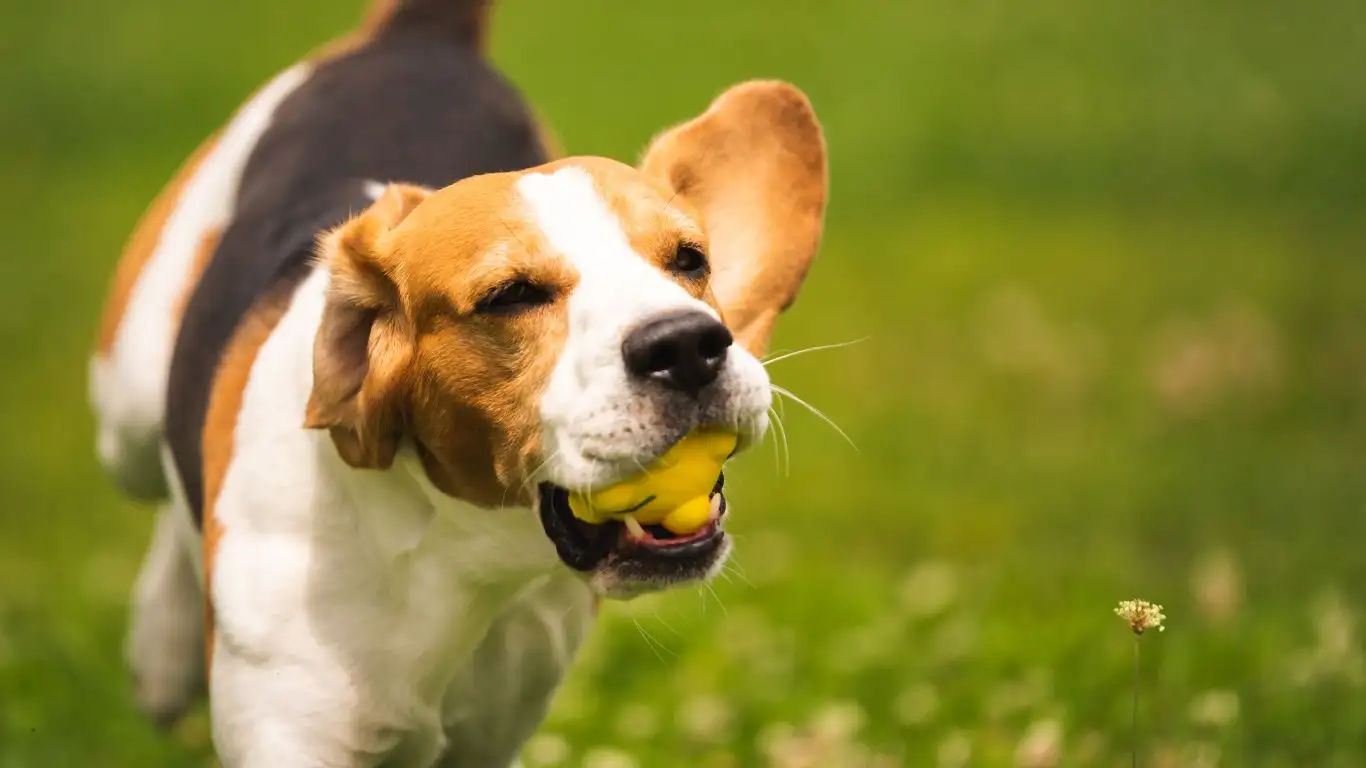
One of the most effective ways to help your dog get over their fear of thunderstorms is through desensitization. This method works by gradually exposing your dog to the sounds and sensations of a storm in a controlled and safe way. The goal is to teach your dog that storms don’t need to be scary.
Start by playing a thunderstorm sound recording at a very low volume while your dog is doing something they enjoy, like eating or playing with a favorite toy. The key here is to keep the environment positive and relaxed. You don’t want your dog to associate the storm sounds with stress. It’s vital to keep the volume low at first and gradually increase it over time. This is where patience is essential. You want to expose your dog to the sounds without overwhelming them.
When you increase the volume, make sure to reward your dog for calm behavior. If your dog shows signs of stress, reduce the volume and take a step back. The goal is to slowly increase their tolerance to the sounds without pushing them too hard. Eventually, you’ll be able to play thunderstorm sounds at a higher volume without your dog freaking out.
One of my favorite tools for desensitization is a good pair of headphones or earphones. I’ve used them to play calming sounds to dogs in training, gradually turning up the volume to mimic the storm’s loudness. It’s a great way to give the dog more control over their environment and help them feel less trapped by the storm’s noise. Plus, it’s much safer than blasting loud noises in an open space.
Counter-Conditioning to Change Your Dog’s Emotional Response
Along with desensitization, counter-conditioning is another powerful tool in your toolbox. Counter-conditioning works by changing your dog’s emotional response to a fear trigger—in this case, thunderstorms. Instead of associating storms with fear, you’ll teach your dog to associate storms with something positive.
Here’s how it works: Every time a storm is approaching, start by offering your dog something they love—like their favorite toy or a long-lasting chew. Over time, your dog will begin to associate the storm with something positive (a treat, a game, etc.), instead of just the fear response. As your dog starts to feel better about the storm, you can gradually increase the level of intensity of the storm sounds or even simulate real storm conditions.
It takes time for counter-conditioning to work, but it can be extremely effective when done properly. I’ve seen some of my clients’ dogs go from full-blown panic to calmly lounging during a storm, all because of positive associations made through counter-conditioning. It’s a process, but the results are absolutely worth it.
Don’t Forget About Your Own Emotions
One last thing that I always tell my clients: don’t forget about yourself. Your dog is incredibly tuned into your emotions, and if you’re feeling stressed or anxious about the storm, they’re going to pick up on that. If you’re calm, your dog will feel more secure. So, take a deep breath, put on a relaxed face, and stay calm for your dog. It’ll make all the difference in their ability to cope with the storm.
Using Professional Help When Necessary
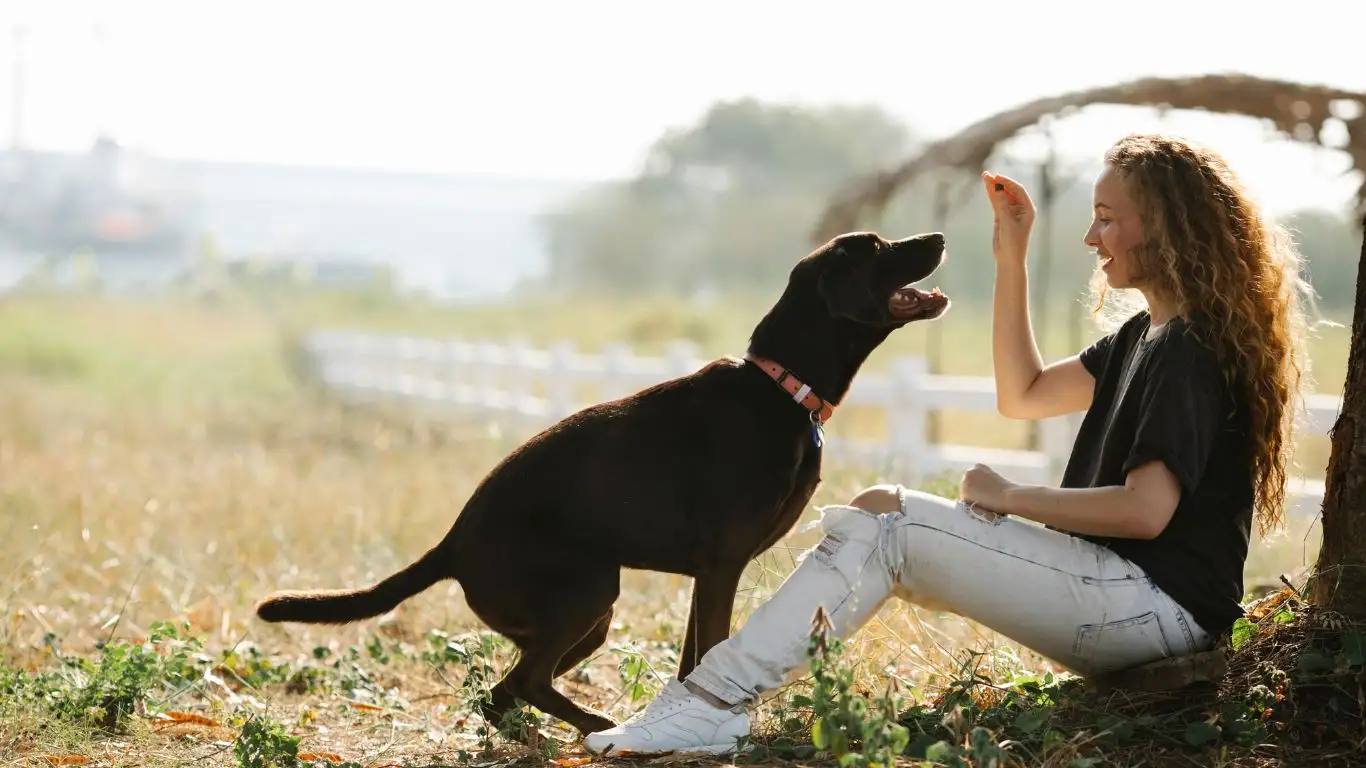
While a lot of the techniques I’ve shared so far are effective for many dogs, there’s no shame in seeking professional help when necessary. Sometimes, no matter how much we love our dogs and how hard we try, we can’t seem to help them overcome their fear of thunderstorms. In these cases, reaching out to a Certified Professional Dog Trainer (CPDT-KA) or a veterinary behaviorist might be the best course of action.
One thing I’ve learned over the years is that every dog is different. Some may be naturally more anxious than others, and some might have experienced trauma that makes thunderstorms especially frightening for them. If your dog’s fear is so severe that they’re unable to function normally (like destroying furniture or injuring themselves), a behavior professional can provide a tailored plan that will address your dog’s unique needs.
During my years of training dogs, I’ve worked closely with veterinary behaviorists who specialize in anxiety and fear-based behaviors. They have additional tools at their disposal, including prescription medication or specific training strategies that can help reduce your dog’s overall anxiety, not just during thunderstorms. While medication is not always necessary, it can sometimes be the bridge to making behavioral therapy more effective, especially when paired with desensitization and counter-conditioning techniques.
If you’re unsure whether your dog’s fear is severe enough to warrant professional help, here are some signs that it might be time to consider it:
- Your dog’s fear leads to dangerous behaviors, like trying to escape or self-harm.
- Your dog’s anxiety continues or worsens despite consistent training and management techniques.
- You’re feeling overwhelmed and unsure how to help your dog in a way that promotes long-term healing.
Never hesitate to seek expert advice—sometimes the right support can make all the difference in your dog’s ability to cope with stressful situations.
Natural Remedies and Supplements for Dog Anxiety

Aside from the training methods and professional help, many dog owners have turned to natural remedies and supplements to help alleviate their dog’s anxiety during thunderstorms. These can work in combination with the techniques I’ve already discussed, offering a holistic approach to calming your dog during stressful situations.
Here are some natural remedies that I’ve seen work well in my training practice:
1. CBD Oil
CBD (Cannabidiol) oil has become quite popular as a natural remedy for dog anxiety. Many dog owners swear by its calming effects, especially for anxiety related to thunderstorms. I’ve used CBD oil with several dogs in my training sessions, and in many cases, it has helped reduce anxiety symptoms. That said, it’s important to consult with your vet before introducing CBD into your dog’s routine, as dosages vary and it may not be suitable for all dogs.
2. Herbal Supplements
Herbal supplements like valerian root, chamomile, and passionflower are also known to help calm anxious dogs. These herbs can be found in products specifically designed for dogs, such as treats or chews. I recommend speaking with your vet before starting any herbal supplement regimen to ensure it’s safe for your dog, especially if they’re on other medications.
3. Aromatherapy
Aromatherapy is another natural method that can have calming effects on dogs. Essential oils like lavender and chamomile have soothing properties that can help reduce anxiety. I’ve found that using an essential oil diffuser in a safe area (away from where your dog can ingest the oils) can help create a peaceful atmosphere. Be sure to use only pet-safe essential oils and avoid direct contact with your dog’s skin.
4. Homeopathic Remedies
Some dog owners have success with homeopathic remedies, like Rescue Remedy, which is a combination of flower essences that are believed to help with emotional balance. While not every dog responds to homeopathy, I’ve had clients who found it to be a helpful tool in their anxiety management toolkit. Again, always consult your veterinarian before trying anything new.
Natural remedies are a great way to complement the more traditional training methods, and many owners have found success when combining these approaches. However, it’s important to remember that results can vary, and they should not replace a comprehensive training program or professional support when needed.
Creating a Storm-Ready Routine
Once you’ve implemented some of the techniques I’ve shared in this article, it’s time to establish a routine that your dog can rely on whenever a storm rolls in. Having a predictable plan in place can provide comfort and security for your dog, reducing their anxiety even before the storm starts.
Start by anticipating the storm. Dogs can often sense changes in the weather long before we do, so be proactive in creating a calm environment. Here’s a simple checklist of things you can do when a storm is approaching:
- Provide a safe space: Ensure your dog’s safe space is set up and comfortable with their favorite blanket or toy.
- Use calming products: Put on a Thundershirt or apply calming sprays, if necessary.
- Play soothing sounds: Turn on white noise or calming music to drown out the thunder.
- Give your dog something positive to do: Provide a chew toy or a long-lasting treat to distract them.
- Stay calm: Remain calm and reassuring during the storm. Your dog will take cues from you.
By sticking to a routine, your dog will begin to feel more confident and secure when thunderstorms happen. Even if the storm is particularly intense, the predictable actions you take will help your dog associate the event with calmness, rather than fear.
References
For further reading on managing dog anxiety, check out these trusted resources:
- PawPatron Dog Training Resources
- Certification Council for Professional Dog Trainers (CCPDT)
- American Veterinary Society of Animal Behavior (AVSAB)
Disclaimer
While the methods discussed in this article are widely used by professional dog trainers and pet owners, each dog is unique, and results may vary. It is always recommended to consult with your veterinarian or a certified behaviorist before starting any new treatment or training regimen for your dog. This article is not intended to replace professional advice, diagnosis, or treatment. Always seek the advice of your veterinarian or qualified professional regarding your pet’s health and behavior.

